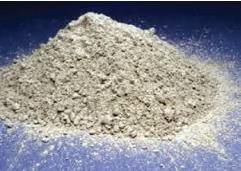Olympiad Test: Changes Around Us -2 - Class 6 MCQ
10 Questions MCQ Test - Olympiad Test: Changes Around Us -2
10 gm of solid wax on melting will form __________gm of molten wax.
Which of the following is an example of a periodic change?
A chunk of cement lying in the open gets wet due to rain during the night. The next day the sun shines brightly. What do you think happened to the cement? Could the change have been reversed?


If you pour a few drops of petrol on your palm, it will feel cool as the drops evaporate. This change is a/an:
What are these examples of: the motion of planets around the sun, the motion of fans blades, and the blinking of traffic light?
Medicines and food articles are labelled “store in a cool and dry place” to preserve them, because:
The product formed by dissolving a substance into another is called:
Substances react with each other and form chemical bonds to:




















